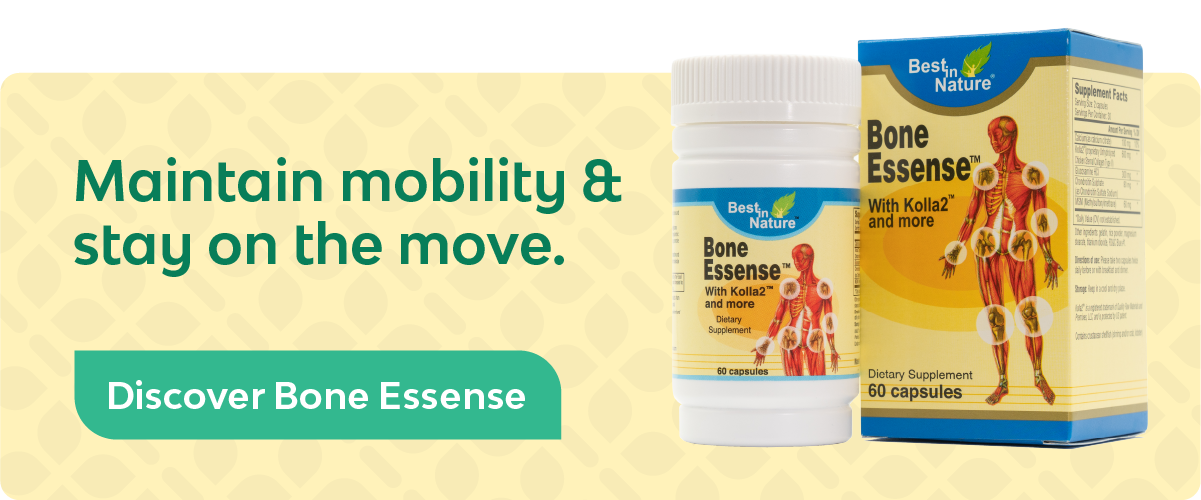
Have you ever heard someone say that the cold weather makes their joints hurt or you feel it yourself? Well, it’s far from unusual. Winter weather causes stiff, achy joints for a large number of people every year. Let’s have a look at the reasons and what we can do to keep our joints flexible throughout fall and winter.
Why Does Cold Weather Cause Joint Aches and Stiffness?
There are several physical reasons that cold weather causes joints to ache. A primary reason is that cold weather causes muscles to tighten around the joints. This tightness can result in decreased mobility, increased stiffness and increased pain. In addition cold weather leads to blood vessel constriction as the body tries to stay warm. This results in decreased blood flow to joints and extremities leading to stiffness and discomfort. Lastly, cold weather can contribute to inflammation in the body.
How To Prevent Joint Aches and Stay Flexible When It’s Cold Out
Stay Warm

This is the most obvious but all the worth saying. If cold weather is what causes joint aches and stiffness, staying warm is key to prevention. Feeling warm and comfy also makes it easier to get outside and stay active providing additional bone and joint benefits.
Take a note from those who live in the coldest climates. By dressing in layers, you have the most flexibility to adjust to temperature changes. Also, gloves, mittens and winter socks will help to keep your extremities warm. A final tip is to try and keep spare sets available in case they get wet.
Use Heat Therapy
Speaking of warmth, The Arthritis Foundation has put forth heat therapy as a way to relax stiff joints. This practice applies heat from heat pads, warm baths, hot water bottles, heated wraps, and other heat-emitting devices to sore joints and muscles.
The result is that blood vessels in the treated area enlarge allowing for increased blood flow, relaxing muscles, and alleviating pain in the treated area.
Keep Active
Stiff, achy joints might feel like all the reason to just lie around stream to your heart’s content. And, let’s just say it, being out in the cold just isn't very pleasant for most of us. However, staying active during this time is essential to keep your joints healthy and aid in fighting off the winter weight gain. Exercise increases blood flow and the circulation of synovial fluids which keeps your joints and connective tissues more pliable.
Do Your Stretches
Inactivity during winter months can lead to a loss in our range of motion. Additionally, during long stretches of inactivity, the muscles surrounding our joints can shorten, adding additional difficulty once we try to get moving again.
Stretching can help to keep your joints supple and flexible adding ease to your daily activities.
Maintain a Healthy Weight
Maintaining a healthy weight is important all year round but should be emphasized in winter. During this time, heavy holiday meals and the urge to stay inside present the conditions by which most people put on at least a few pounds.
But those few extra pounds (or more) put additional pressure on your joints. This can result in pain and strain in weight-bearing joints such as the knees, hips and spine.
[READ: 14 Tips for Avoiding Holiday Weight Gain]
Drink Plenty of Water

In the summer months, the heat and sun create a natural urge to drink water that isn’t as strong in the winter months so it’s easier to get dehydrated. Consequently, you’ll need to be more conscious of your water intake.
Proper hydration aids in blood flow, synovial fluid circulation and managing inflammation all of which can directly or indirectly impact joint comfort and flexibility.
[READ: Signs You’re Dehydrated and How To Rehydrate Fast]
Maintain a Diet Full of Joint-Easing Superfoods

One of the primary causes of joint pain is actually inflammation. In some of the most extreme conditions, there is a release of inflammatory chemicals that attack joint tissues resulting in joint swelling, increased joint fluid, cartilage and bone damage, and even muscle loss.
So another goal for our diet is to work in a variety of anti-inflammatory foods like fatty fish rich in Omega-3, nuts, seeds, fruits, and leafy green vegetables.
Check Your Vitamin D Levels
Vitamin D is mostly referenced in regard to calcium absorption but it has many more benefits including immune health and joint health. Joint pain is one of the primary symptoms of a Vitamin D deficiency.
Some theorize that Vitamin D has a role in relieving joint pain and has anti inflammatory effects. According to a review of studies from 2016, there even appeared to be a relationship between Vitamin D deficiency and rheumatoid arthritis.
It’s more difficult to get Vitamin D from sunlight in the winter months so Vitamin D rich foods or a supplement may help. Your doctor can check your levels if you believe you have a deficiency.
Exercise Fall Prevention
Falling at any age isn’t pleasant but for those of us who are older, it can seriously impact your quality of life and result in injuries, pain and or decreased mobility. The need to be careful is particularly important for those with existing pain in a lower joint like the knee or hip. They were found to be 53% more likely to fall.
So what can we do?
Pay attention while walking - Distracted walking is increasingly coming into focus as a source of injuries as we spend more time on our phones.
Exercise - exercise improves muscle strength and balance.
Wear the right shoes - sturdy low-heeled with rubber soles
Clean up tripping hazards around your home like loose wires, loose rugs, or piles of clothes.
Assess your medications with your doctor as to whether they could make you dizzy or throw off your balance.
Get a fall assessment - your doctor or rheumatologist can go over your risk factors and help you to manage them
Bottom Line
Cool and cold weather present a number of health challenges including joint pain and stiffness for many. But there are a number of tips here that can help prevent some causes of joint or possibly relieve joints that are already stiff.
This article is provided for informational purposes only and is not intended to be used as medical advice. If you have immediate concerns about your health, please seek the help of your physician.
*These statements have not been evaluated by the Food and Drug Administration. This product is not intended to diagnose, treat, cure or prevent disease.
© 2023 Best in Nature All rights reserved








Validate your login
Sign In
Create New Account